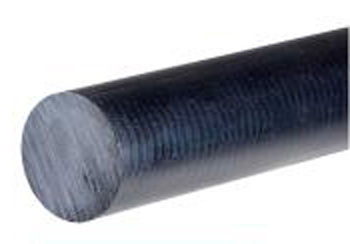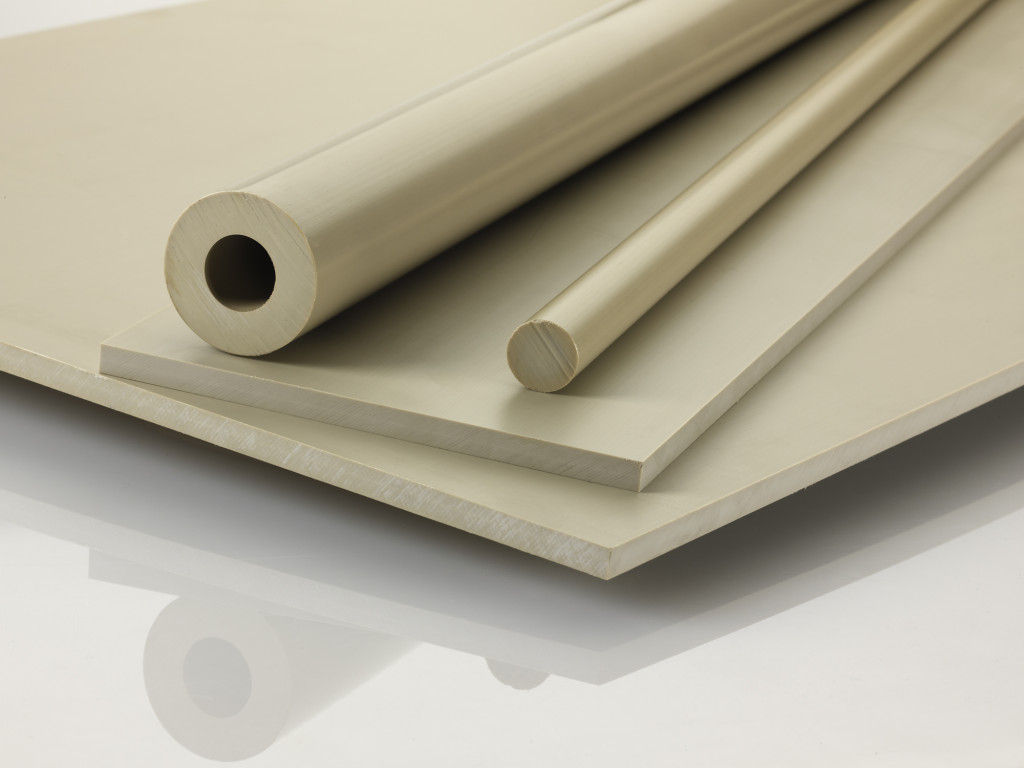From as far back as 3300BC – at the dawn of the bronze age – the human race has relied on metallic materials to assist them in their day to day lives. Despite its long history of use, we are still finding new uses for the metals we have access to and new alloys are still being created, which further extends their range of practical applications. The reason we have relied on metals for so long is that there are so many different types available to us, and their individual qualities differ to the point that any potential need can be met with a metal.
Despite their versatility however, they are not necessarily always the best choice of material for a job. Though we have been using them for a little less than 100 years, plastics have come a long way and every year more and more plastics are being developed – each with their own wide range of properties. Chances are when you think of ‘plastic’ you think of your shopping bags, storage containers, maybe your computer mouse; what you probably don’t think of is a material that can rival the strength, durability and versatility of metals.
‘Specialist engineering plastics’ is an umbrella term for a group of plastics that have the kind of properties you would look for in a material with industrial applications. These plastics require a good deal of processing, which is why they tend to be more costly than other types of plastics and less prevalent than metals, however the qualities and benefits they offer are unmatched. The most common engineering plastic that the general public are aware of by name is probably polycarbonate; a material that is lightweight, as clear as glass, and 25 times stronger than acrylic. What’s more, polycarbonate can be exposed to temperatures over 115°C, which many standard plastics cannot, but can still be cut and worked on easily.
Industrial Plastics & Engineering Materials
Despite its impressive qualities, polycarbonate is actually a poor example of what engineering plastics can do. Acetal, HDPE (High-density polyethylene), Nylon 6, Nylon 6.6, PTFE (PolyTetraFluoroEthylene) and PEEK (PolyEther Ether Ketone) are all examples of engineering plastics that have properties which far exceed those of polycarbonate. Granted, they are considerably more costly and may require specialist tools to work with effectively, but these issues are trifling when compared to their potential uses and applications:
Acetal – Very popular in the marine and food industry, acetal can be used to create gears, insulated electronic components, valves, bearings, cams, and much more. Acetal can be relied on to perform consistently in environments exceeding 100°C, and can function at temperatures approaching 130°C for short periods of time. Offering high strength, remarkable damage resistance, low moisture absorption and good creep stability, acetal is comparatively easy engineering plastic to machine and is available in sheets or rods.
HDPE – Available in a range of colours, HDPE is perfect for use in environments which regularly experience a dramatic shift in temperature. It’s highly resistant to impacts and can withstand a great deal of friction, which along with its imperviousness to most chemicals, makes it perfect for marine environments. Versatile and lightweight, HDPE is fast becoming an incredibly viable alternative for applications traditionally carried out by wooden and metallic materials.
Nylon 6 & Nylon 6.6 – Though there are some differences between the two materials, such as their melting point (Nylon 6.6 melts at 260°C whereas Nylon 6 melts at 220°C), both have very similar physical properties. These specialist engineering plastics benefit from an impressive mechanical strength as well as a noteworthy resistance to damage. Resistant to oils and chemicals, both nylon 6 and nylon 6.6 have become renowned for their versatility and strength. As well as coming in sheets, nylon 6.6 also comes in rods.
PTFE – With over 500°C between its highest and lowest operating temperature (250°C / -260°C) PTFE can be used in environments that most metals never could be. Resistant to chemical and electrical damage, this engineering plastic has been used in the past to line cryogenic vessels and has also been applied to a number of other, more mundane applications. You may not have come across it before, but we’re sure that due to its adaptability and inherent versatility you will be seeing and hearing a lot more about it in the future.
PEEK – Hailed by some as a revolutionary material, PEEK’s properties are almost too good to be true. At 100°C there is no apparent degradation of any of its qualities, and it can be used consistently in environments with a sustainable temperature of 260°C. PEEK will not melt until it reaches 343°C, which along with its low smoke and toxic gas emission, makes it one of the least hazardous materials to have around in case of a fire. PEEK is also known by its brand name, Victrex, and is undeniably one of the most advanced engineering plastics available commercially.
Even though you have only seen a snap-shot of what these select few materials have to offer, is it any wonder why many metals, even those that have been used and relied upon for centuries, are being replaced by specialist engineering plastics? It will be some time yet, but as manufacturing methods improve and demand grows, these engineering plastics will eventually replace metals as the material of choice in many areas of industry, to the point that we’ll wake up one morning and they will have become commonplace.




